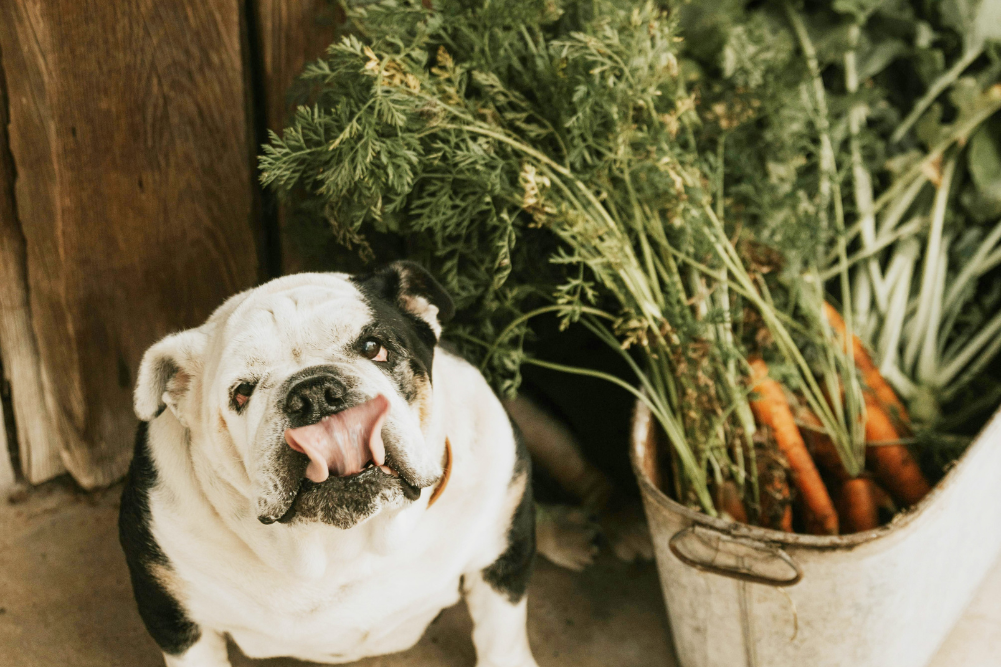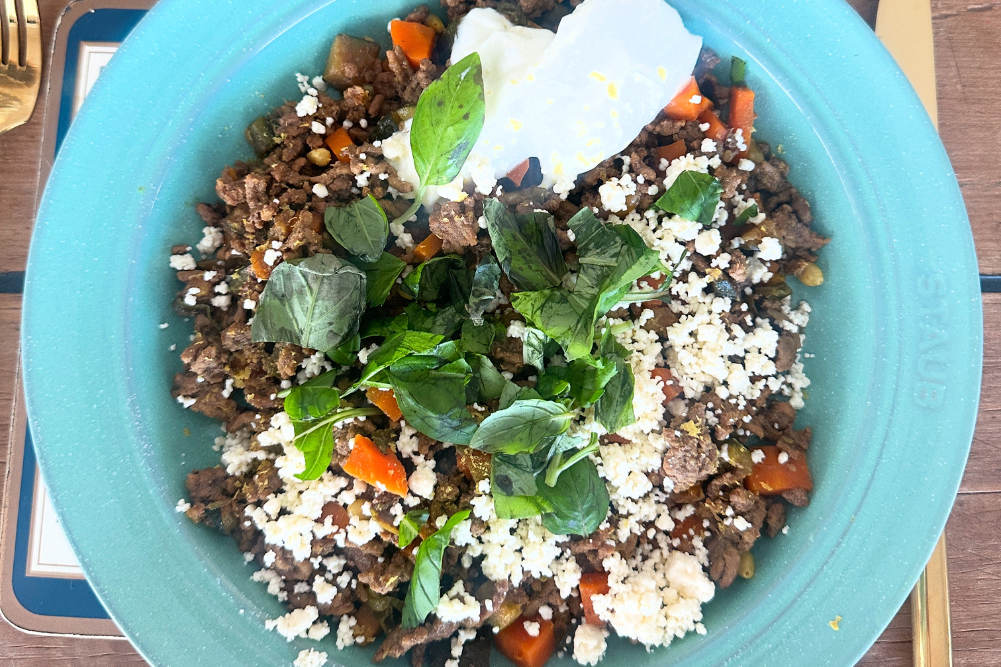Tips to Grow These 7 Essential Garden Foods
The shift to self-sufficiency is flourishing as food costs rise and supply chain issues increase. When exploring the world of edible gardening, you’ll encounter an endless abundance of crops to choose from. However, seeds of hope can easily shrivel into dying weeds if you select unsuitable plants or fail to nurture them. A great garden is guaranteed when you pick plants that are hardy, healthy, productive and versatile. Try these 7 essential garden foods.
Blueberries
This antioxidant ace oozes fibre, flavonoids, vitamin C, K and manganese. A handful of these purple powerhouses can support immunity and enhance elimination. Studies have shown that blueberries can help your healthspan by reducing DNA damage, blood pressure and LDL cholesterol. Blueberries are also known to boost brain function and may have anti-diabetic properties.
This juicy fruit is becoming a firm favourite on Aussie plates. Cultivation of the 1-2m shallow-rooted shrub requires soil that is sandy, draining and with an acidic pH between 5 and 6. Blueberries like to bask in full sun and prefer to be planted in autumn or spring. Hand-weed gently so as not to disturb blueberry’s delicate root system. Maintain soil acidity with an occasional sulphur sprinkle. Early spring is a good time to prune blueberries to promote productivity. Though they can take two years to bear fruit, it’s worth the wait as in the future, a healthy blueberry bush can yield kilos of superberries.
Carrots
“If you truly get in touch with a piece of carrot, you get in touch with the soil, the rain, the sunshine.” Thich Nhat Hanh Bunnies have exceptional eyesight due to orange carrot’s concentrated beta-carotene. Pick purple carrots if you want the extra anthocyanin antioxidants that help heart health and cognition. Munch on this high-vitamin-A veggie to assist immunity, lower inflammation and nurture glowing, smooth skin. The luteolin in carrots may help to halt cognitive decline, according to a review in BioFactors, and potentially protects against heart disease, according to a 2018 review in Nutrients.
Ideally sow seeds in spring in a shallow bed of softened soil so the tap root can grow down easily. Gardening Australia presenter Tino Carnevale shared his grandfather’s tip: “Place an old plank of wood over where you have planted the carrot seeds, which traps in the moisture. Remove it in a couple of days or weeks when the carrots have germinated.”
Green beans
When Jack swapped his cow for five magic beans, it wasn’t such a bad deal. Green beans are old-school superfoods with a cup containing 33 per cent of our daily dose of mood-regulating folate and 25 per cent of our vitamin C recommendation. This low-calorie, fibre-full food has abundant antioxidants kaempferol and quercetin for healthy cells and immunity. Being low FODMAP, beans are a good option for IBS sufferers. The iron and chlorophyll may help anaemia. Munch on crunchy, raw beans in a salad or cook to deactivate inflammatory lectins.
Beans need sunny soil between 16°C-30°C and a pH of 6-7 to germinate, so plant in temperate weather with well-worked soil. Seedlings are hardier than nurturing from seed. Pole beans require a climbing frame such as a trellis, bamboo or sticks. Snuggle in mulch and water roots generously so they receive around an inch of water weekly. Avoid watering leaves as it can lead to disease.
Kale
Have you tried kale chips, the king of healthy veggies? Cabbage’s cousin, kale can be curly, blue, purple or dark and petite. Munch on kale to top up your antioxidants and vitamins C, K and E. Kale can be baked, juiced, sautéed and shredded in salads. Evidence suggests it may support strong bones, balanced cholesterol, stable blood sugar, clear eyes, heart health and youthful skin. Be aware that the progoitrin in kale can affect those with thyroid issues, so moderation is important.
This hardy crop likes full sun in cool climates and half shade in hot regions. Kale thrives in damp, draining, nitrogen-rich soil with a slightly acidic pH. A layer of lucern protects kale from dehydration. Consider a natural neem spray to keep bugs at bay. Rip off grown leaves regularly to encourage new growth.
Microgreens
These mini marvels are perfect for those with limited space and patience as they can be grown in trays over 7-21 days. Microgreens are small seedlings packed with concentrated vitamins C, E and K as well as lutein, beta-carotene and more. Studies suggest the high sulforaphane in broccoli microgreens has antimicrobial, anti-inflammatory and neuroprotective properties. The vast varieties include broccoli, coriander, corn, dandelion, kale, parsley, red cabbage, red clover, shizo, sweet pea and white radish. Mature microgreens can be used for garnishing, juicing and salads.
Tomatoes
“It’s difficult to think anything but pleasant thoughts while eating a homegrown tomato.” Lewis Grizzard If you love Italian food, then tomatoes are your garden go-to. Tasty toms are an easy and abundant fruit for a home-grown feast. They’re also a farm pharmacy with antioxidant lycopene linked to a reduced risk of cancer, cardiovascular disease and neurogenerative diseases. Their vitamin C content keeps colds away and their beta-carotene is great for the eyes and skin (even as a face mask).
Tuck into tomatoes all year round with these tips:
- Prepare soil a month prior to planting with a generous sprinkle of dolomite to prevent blossom end rot.
- First grow in a pot, then transplant when seedling is around 5cm tall.
- Choose a sunny spot but prevent sunburn with a 50 per cent shade cloth.
- Insert a stake to support tall-growing tomatoes.
- Water the base every alternate morning for evenly moist soil without overwatering.
- Pull out tomato plants when they’ve finished fruiting or are shrivelling up.
- To ripen tomatoes, place in a bag with ripening bananas.
Turmeric
This saffron sensation has infiltrated every trendy food imaginable: turmeric lattes, turmeric granola, turmeric scrambled tofu and, of course, turmeric-infused Indian cooking. Ayurveda advocates turmeric for arthritis, skin conditions, brain health, immunity and as a liver cleanser. Science supports turmeric’s antibacterial, antifungal, anti-inflammatory, antioxidant and anti-viral actions. Grate this sunny supplement in foods, add to juices, or dry and store in an airtight container for an enduring tea.
The robust root flourishes in a pot during cooler weather, so it can be kept warm inside if needed. Simply get a chunk of turmeric root and bury it in an organic potting mix. Ensure it’s in a sunny, sheltered area and water evenly, avoiding flooding. Turmeric is typically ready to harvest in around eight months








